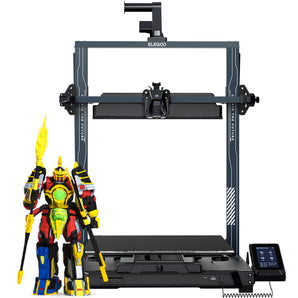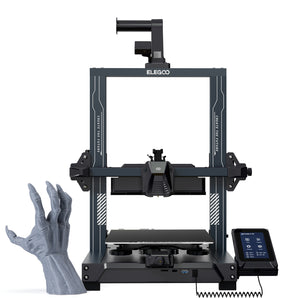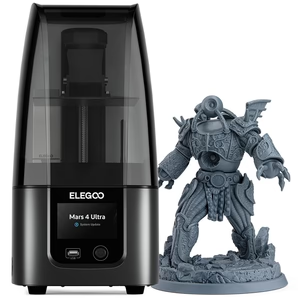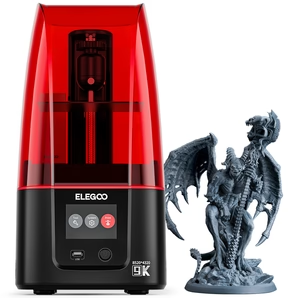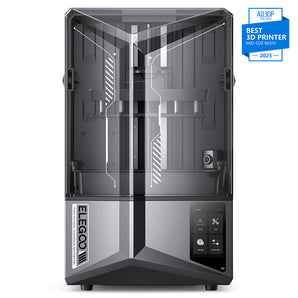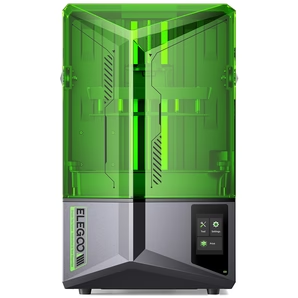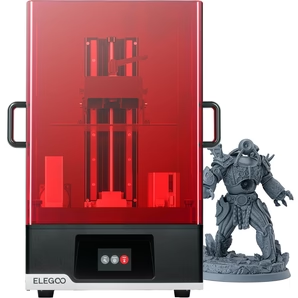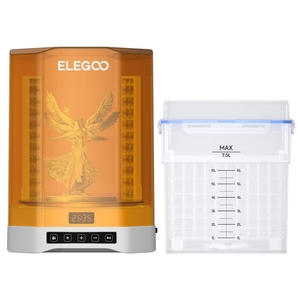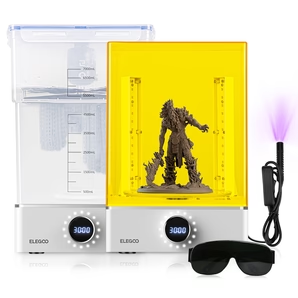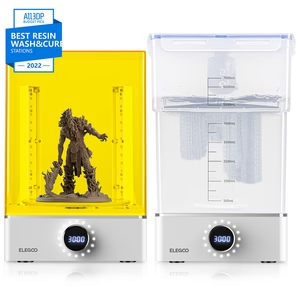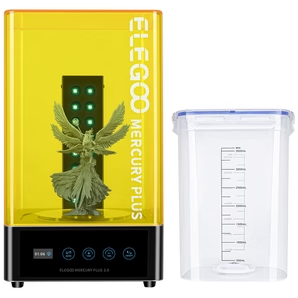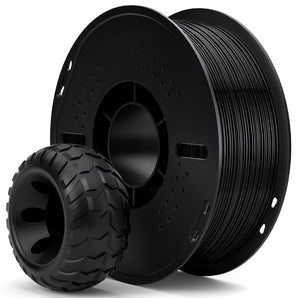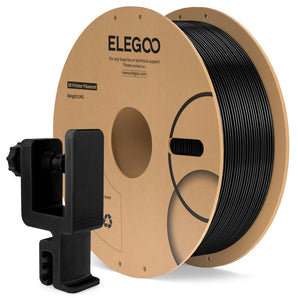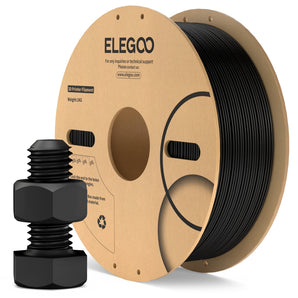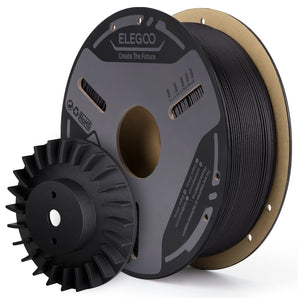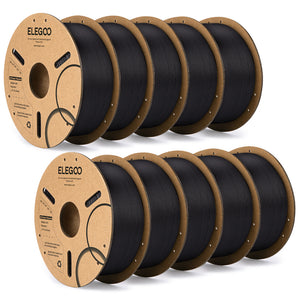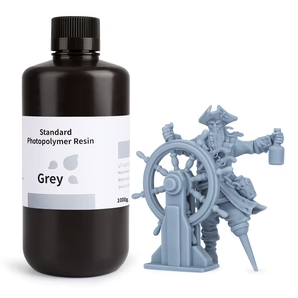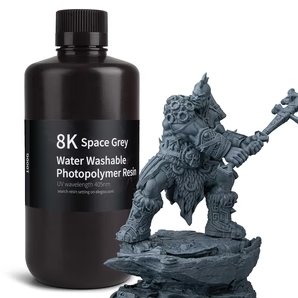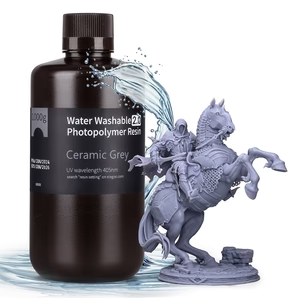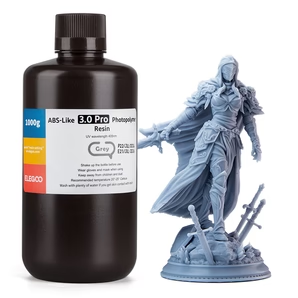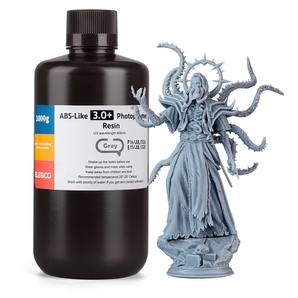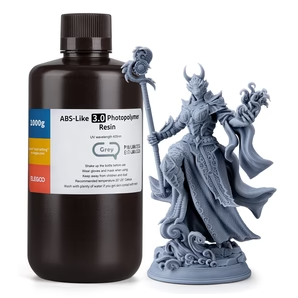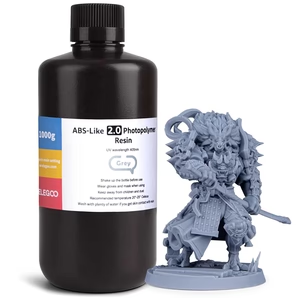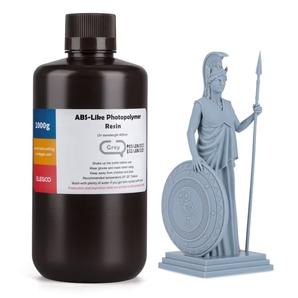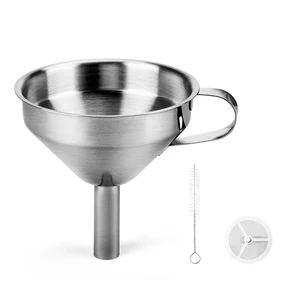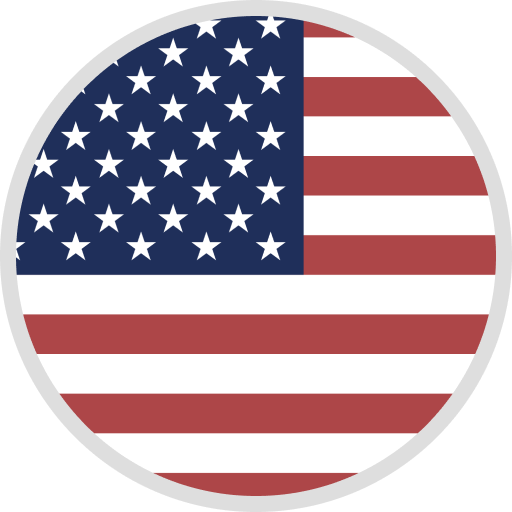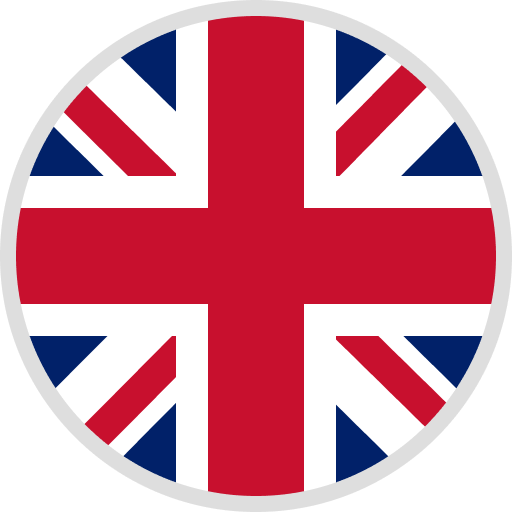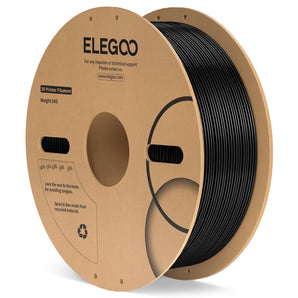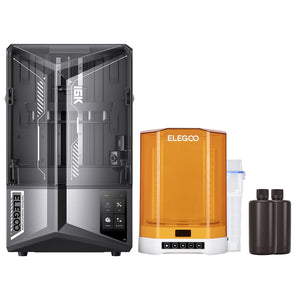Custom Car Parts 3D Printing (49+ Ideas!)
3D printing has introduced a cost-effective and efficient solution for custom car enthusiasts.
Custom cars and bagged trucks represent a unique subculture of automotive enthusiasts who modify vehicles for aesthetics and performance, and from a 3D printing point-of-view, we love them!
With advances in technology and increased access to aftermarket parts, the niche has seen consistent growth for the demand of 100% customizable parts.
Communities, both online and offline, fuel this passion, creating a shared space for showcasing innovations and designs.
If you've ever imagined crafting 3D bespoke parts in-house or wanted to replace hard-to-find components, 3D printing might just be the answer you've been looking for.

The ability to 3D print car parts means no longer waiting for rare parts or paying exorbitant prices for them. With the right resin printer you can produce custom parts, prototypes, or replacement car parts in-house.
This offers a new realm of customization and innovation, from designing their own car parts to tailoring components to specific needs.
This article breaks down the fascinating world of 3D printing for car parts, detailing everything you need to know. From materials to methods, by the end of this guide, you'll be geared up to print your very own car parts.
Article Outline:
- Why 3D Print Car Parts?
- Which Car Parts Can be 3D Printed?
- Choosing the Right 3D Printer for Car Parts
- What Filament Materials Are Suitable for Automotive Applications?
- How to 3D Model Custom Car Parts?
- Printing Process: How Do You 3D Print Your Car Part?
- Can You Prototype and Then Print a Part?
- How Do Car Enthusiasts Make the Most of 3D Printing?
- Potential Limitations: What Parts Should You Avoid Printing?
Why 3D Print Car Parts?
3D printing allows vehicle enthusiasts to take their efforts to the next level in unprecedented ways. This technology allows for a high level of customization, allowing users to develop and manufacture parts that are not commonly available on the market.
It can speed up the modification process by shortening the time it takes to acquire specialist components. Another advantage is cost-effectiveness, especially when compared to traditional manufacturing methods.
Furthermore, 3D printing allows for iterative design, allowing fans to prototype, test, and tune parts for best performance with minimal waste.
It also democratizes the automotive modification scene by making it easier for amateurs to make complicated parts out of materials ranging from plastics to metals.
Choosing the Right 3D Printer for Car Parts
For printing parts for cars, we'd suggest ELEGOO FDM printers, for example, the Neptune 4.
The reason we'd suggest FDM Printers is because of the strength and durability of the end results.
In short, FDM 3D printing is the most suitable for making functional parts for cars.
With the numerous 3D printers available on the market, it can be daunting to choose the best 3D printer for car applications. Factors to consider include the printer’s build volume, print surface, and heat resistance.
Understanding your specific needs will guide you in selecting the right 3D machine.
Which Car Parts Can be 3D Printed?
While not all car parts can be 3D printed, many can.
From complex parts like cup holders to simpler models like a center caps, 3D printing offers versatility.
Your ability to print depends on your 3D printer's capabilities and the chosen filament material.
| Interior Components | Exterior Components | Engine Components | Other Mechanical Parts | Accessories and Customizations |
|---|---|---|---|---|
| Dashboard Components | Mirror Casings | Intake Manifolds | Custom Gaskets | Smartphone Holders |
| Air Vents | Grille Inserts | Air Filter Boxes | Bushings | Key Fobs |
| Cup Holders | Custom Emblems or Badges | Radiator Shrouds | Brackets | Cargo Organizers |
| Gear Knobs | Wind Deflectors | Throttle Bodies | Clips and Fasteners | Pet Barriers |
| Steering Wheel Inserts | Spoilers | Fluid Reservoirs | Cable Management Components | Floor Mats |
| Door Handles | Wheel Covers | Custom Valve Covers | Pulleys | Sun Shades |
| Glove Box Latches | License Plate Frames | Fan Shrouds | Shift Linkages | Roof Rack Attachments |
| Seat Adjusters | Door Sills | Engine Mounts | Handbrake Levers | Tailgate Stands |
| Control Buttons | Mud Flaps | Belt Tensioners | Shock Absorber Parts | Custom Decals |
| Trim Pieces | Fender Flares | Oil Caps | Suspension Components | LED Light Mounts |
What Filament Materials Are Suitable for Automotive Applications?
When it comes to 3D printing automobile parts, a wide variety of filament types are used, ranging from PLA and PETG to nylon and carbon fiber.
Materials such as polycarbonate and acrylonitrile butadiene styrene (ABS filament) are excellent choices for engine parts that need to be able to withstand high temperatures. On the other hand, thermoplastic polyurethane (TPU) is a fantastic alternative for components that require flexibility.
Your filament choice should align with the intended function and location of the part.
How to 3D Model Custom Car Parts?
There are two different approaches to taking your unique parts and turning them into a 3D model. A 3D scanner can assist in the reproduction of the part's design if a physical duplicate of the component is available.
In any other case, users of CAD software such as Fusion 360 have the ability to design from the ground up. Following the modeling stage, the design is then rendered as an STL file so that it can be processed by the printer.
Printing Process: How Do You 3D Print Your Car Part?
After obtaining an STL file, you'll need to prepare it for printing using slicer software. This software slices your 3D design layer by layer, providing the printer with detailed instructions. The filament is then fed through the extruder, and the part is crafted layer by layer.
Can You Prototype and Then Print a Part?
Absolutely!
3D print technology is excellent for rapid prototyping.
You are able to print a mock-up of your part, test it out on your vehicle, and then make any necessary revisions before the item is finally printed.
This technique guarantees that the fit and functioning are at their very best.
How Do Car Enthusiasts Make the Most of 3D Printing?
From making replica car models to crafting unique cup holders, car enthusiasts have embraced 3D printing. It allows them to bring their automotive visions to life, be it through customizations or restoring classics with hard-to-find parts.
3D printing offers a solution for producing hard-to-find car parts by allowing for rapid prototyping and custom manufacturing. It eliminates the need for traditional tooling, making it cost-effective for small runs.
As a result, enthusiasts and restorers can recreate rare components that might be obsolete or unavailable in the market.
Potential Limitations: What Parts Should You Avoid Printing?
While 3D printing offers numerous advantages, it's crucial to note that not all parts are suitable for printing. High-stress parts or those exposed to extreme conditions might require traditional manufacturing methods.
Always consider the part’s function and the filament's properties before printing.
Key Takeaways:
- 3D printing offers an affordable and innovative solution for customizing and replacing car parts.
- A variety of filaments are available, each suitable for different automotive applications.
- Prototyping allows for testing before final production, ensuring optimal functionality.
- Platforms like Thingiverse offer ready-to-use 3D car part designs.
- While 3D printing offers vast potential, it's essential to recognize its limitations in automotive applications.
Overall, 3D printing provides a novel, efficient, and adaptable method to automotive customization.
If you're at a loose end on deciding on some cool 3D projects, then consider these ideas:
- 3D Printing Projects
- 3D Printing Board Game Projects
- 3D Printing DIY House Projects
- 3D Printing Toy Projects
- 3D Printing Cosplay & Props
- 3D Printing Diorama Projects
- 3D Printing Miniature Gaming Figures Projects
- 3D Printing Jewelery Projects
- 3D Printing Dental Uses & Ideas
- 3D Printing Sports Equipment Ideas & Projects
- 3D Printing Garden Tools
- 3D Braille Printing
- 3D Printing in Fashion
- 3D Printing Keychains & Chainrings
- 3D Printing Side Hustles
- 3D Printers for Schools
- 3D Printing in Space
- Biomimicry and 3D Printing
If modding car-parts isn't your thing, then how about having a look at some of the World's Most Crazy 3D Printing Projects!




























